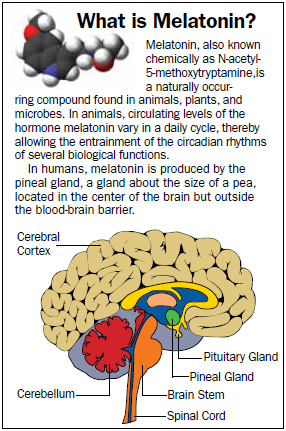Air Travel - Jet Lagged

It continues to interest scientists as the need to match the human body’s internal clock with the global one has good business offshoots. However, a high level of physical fitness, good general health, a cheerful disposition and sound travel plans can ease problems associated with it.
Jet lag is a popular term used to describe the effects on the human body experienced due to disruptions to the circadian rhythms while crossing time zones rapidly in a commercial airliner flying east to west or west to east and the compulsion to adapt to the changed situation. For millennia and without realisation, we humans have lived our lives in 24-hour cycles governed by the rising and setting sun. In the 24-hour cycle so involved, our body “gets ready” for the day ahead at dawn, and at around dusk, it begins to unwind or “switch-off ” for the night.
Move over now to the 33 Chilean miners who were trapped deep underground for 69 days. The rigid enforcement by psychologists above ground, of a 24-hour work-rest cycle was instrumental in preserving the sanity of the hapless souls, when it threatened to go out of control. Astronauts while in orbit around the earth once in 90 minutes have their work-rest activities regulated by ground control and in accordance with the 24-hour earth clock. In the past, experiments with humans in deep underground caves have revealed that the “dawndusk” cycles increases to about 27 hours instead of 24. This “switching on and off ” involves activities at the mental, physical and biochemical levels. From the drowsiness at waking up to a fully alert brain, from the comfortable sluggishness of a well rested body to a spritely one ready for a sprint; from wanting a good breakfast, to settling for a light supper, from the “morning constitutional” to the post-dinner stroll before sleep, are all manifestations of the internal body clock.
Jet lag continues to interest scientists as the need to match the human body’s internal clock with the global one has good business offshoots. The internal clock of a human being is triggered and driven by a hormone called melatonin, which is secreted by the pineal gland, located deep inside the brain. Sunlight from the external world is the main trigger for the pineal gland, like it has been since the evolution of man. Your internal “dawn-dusk” cycle at home base can seriously conflict with that of your destination cycle. If the two cycles are out of phase by 12 or more flight-hours, the result would be jet lag. The manifestations of jet lag could be visible for several days, and recovery rates of one day per eastward time zone or one day per 1.5 westward time zone are fair yardsticks.
Symptoms of Jet Lag
Symptoms of jet lag can vary depending on the extent of time zone alteration and the presence or absence of predisposing factors, which may include the following:
- Headache
- Fatigue, irregular sleep patterns and insomnia
- Disorientation, grogginess and irritability
- Mild depression
- Constipation or diarrhea
- Changes to the “morning constitutional” pattern
- Other symptoms such as nausea, ear ache and swollen feet
A high level of physical fitness, good general health, a cheerful disposition and sound travel plans can ease problems associated with jet lag. The following can compound the signs and symptoms of jet lag and prolong the duration of recovery:
- Excessive consumption of alcohol
- Dehydration, especially due to illness
- Inadequate physical activity on-board the aircraft
- Poor quality of sleep
- Higher age group
- Pre-existing diseases that cause fatigue or sleep disorders
Fatigue is essentially the main symptom, which in turn, could be due to a very busy schedule or impaired sleep at destination.





